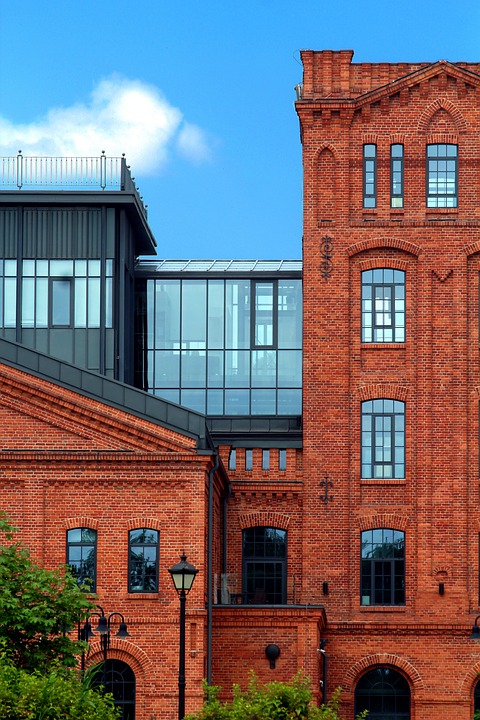From Ghost Towns to Thriving Communities: The Impact of Regional Revitalization
Ghost towns are often associated with the past, with crumbling buildings and a sense of abandonment. However, in recent years, many of these deserted areas have experienced a resurgence, transforming into vibrant communities that are once again thriving. This revitalization has had a significant impact on the regions in which these towns are located, bringing economic growth, cultural revitalization, and a renewed sense of community.
The Revival of Ghost Towns
One of the key factors in the revival of ghost towns has been the influx of investment and development in these areas. Developers and entrepreneurs have seen the potential in these abandoned towns, with their historic charm and unique character. By renovating old buildings and creating new businesses, they have breathed new life into these once-decaying areas.
In addition to private investment, many local governments have also played a role in revitalizing ghost towns. Through grants, tax incentives, and other initiatives, they have encouraged development in these areas, making them more attractive to businesses and residents.
Economic Growth
One of the most significant impacts of regional revitalization is the economic growth that it brings. As ghost towns are transformed into thriving communities, new businesses open, creating jobs and stimulating the local economy. This can attract new residents and visitors, further boosting economic activity in the region.
Additionally, the renovation of historic buildings and infrastructure can increase property values in these areas, leading to increased tax revenue for local governments. This additional funding can then be used to further improve the community, creating a positive cycle of growth and development.
Cultural Revitalization
Ghost towns are often rich in history and culture, with unique stories to tell. Through revitalization efforts, these stories can be preserved and celebrated, creating a sense of pride and identity among residents. Historic buildings are often repurposed as museums, galleries, or cultural centers, providing opportunities for education and entertainment.
By embracing their past, communities can create a strong sense of place that attracts both residents and visitors. This cultural revitalization can help to distinguish a region from others, making it a destination for those seeking a unique and authentic experience.
Renewed Sense of Community
Perhaps the most significant impact of regional revitalization is the renewed sense of community that it brings. As ghost towns are revitalized, new businesses and residents move in, creating a more vibrant and connected community. Residents often feel a sense of pride in the transformation of their town, and a desire to contribute to its continued success.
Community events and initiatives, such as festivals, markets, and art exhibitions, can further foster a sense of belonging and unity among residents. These events bring people together, creating opportunities for social interaction and collaboration. This sense of community can help to strengthen the social fabric of a region, providing support and resilience in times of need.
Challenges and Opportunities
While regional revitalization has many benefits, it also comes with challenges. Gentrification, rising property values, and displacement of long-time residents are all potential risks associated with revitalization efforts. It is important for developers, investors, and local governments to consider the needs and concerns of existing residents, and to work towards creating inclusive and sustainable communities.
Additionally, the ongoing success of revitalized communities relies on continued investment and support. It is important for stakeholders to maintain momentum and to continue to invest in the long-term sustainability of these regions.
Conclusion
From ghost towns to thriving communities, regional revitalization has had a transformative impact on many areas. Through investment, development, and a focus on preserving history and culture, these once-abandoned towns have become vibrant and prosperous communities once again. The economic growth, cultural revitalization, and renewed sense of community that these revitalization efforts bring have created lasting benefits for the regions in which they are located.
As we look towards the future, it is important to continue to support and invest in these revitalized communities, ensuring their long-term success and sustainability. By doing so, we can create more vibrant and connected regions that celebrate their past while looking towards a bright future.
